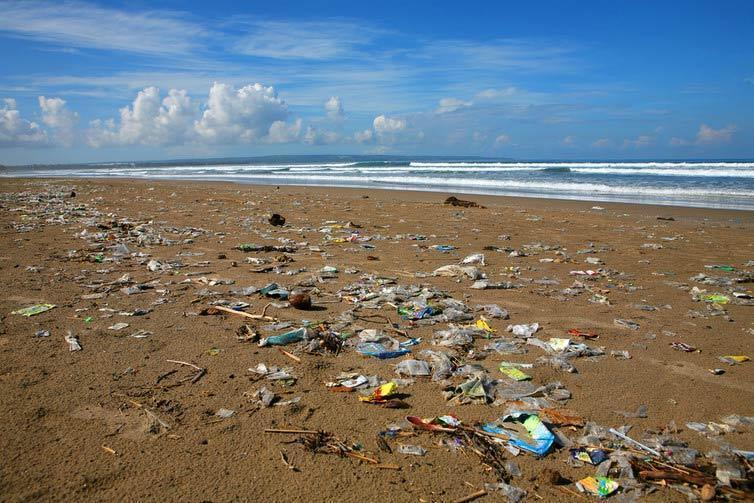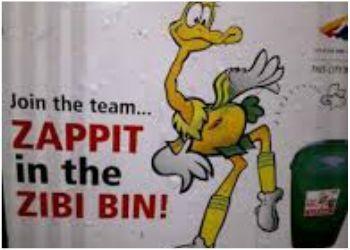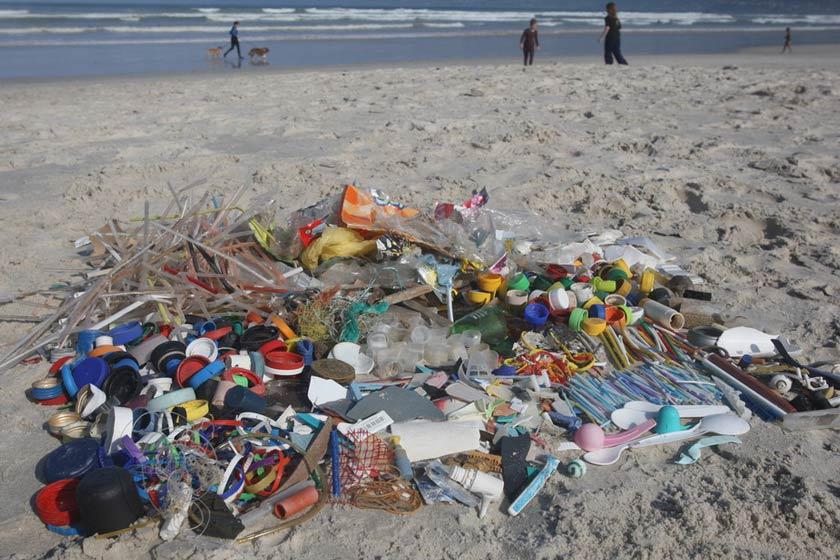Five applications where plastic is not fantastic
A recent media campaign has highlighted the many ways in which South Africa relies on plastics.. The tag line was that plastics
are safe, reusable, recyclable, durable, lightweight and eco-friendly.
All true, except perhaps for the final point as researchers now agree that plastic should be declared a hazardous material.
South Africa fares particularly badly at an estimated 2 kg per person per day, almost as much as the US. According to a recent survey we are world’s 11th worst offender when it comes to releasing plastic wastes into the sea. Even ahead of heavyweight polluter India!
An astonishing 56% of plastic waste end up littering the environment in South Africa, compared to 11% in Brazil or 2% in the US.
Effective solutions are needed to stem the flood of waste plastic such as creating greater awareness among consumers and providing incentives to promote reuse or recycling. One effective intervention would be to stop making some litter-prone items from plastic. Among the top offenders are: ear buds, bottle lids, plastic straws, individual sweet wrappers and expanded polystyrene food packaging.
 Marine pollution
Marine pollution
Anything between 5 and 12 million tonnes of waste plastics enter the sea each year. Much of this floats and, given its very long lifespan in the sea, disperses across the planet. Floating litter accumulates in the centre of each ocean basin, where it is eaten by all manner of marine life including turtles, whales, seabirds and fish.
There is particular concern about the impact of microplastics on marine foodwebs because of their ubiquitous nature and potential to carry toxic substances.
Microplastics are tiny pieces of plastic, ranging from a few microns to a few millimetres across that form when larger plastics are broken down by UV light.
Most marine litter is plastic packaging – single use applications that are particularly prone to inappropriate disposal.A survey of beach litter around South Africa in 2015 found that 94% of litter on South African beaches is made of plastic. 77% of this is packaging. And the situation is not improving.

NO fantastic plastic
Five applications that would be better served if they were not made from plastic include:
1. Earbuds: until the 1980s, earbud sticks were made from rolled wax paper. The switch to plastic sticks saw a massive increase in their abundance on South African beaches. They have been found to carry tiny goose barnacles at Tristan da Cunha, 2800 km west of Cape Town. Reverting to waxed paper would solve this problem.
2. Drinking straws: they are among the most ubiquitous litter items on South African beaches. East London’s Eastern Beach has an average of 44 straws per metre of beach, despite being cleaned daily. Straws could either be phased out or replaced with waxed paper straws.
3. Bottle lids: one of the fastest growing litter types. Sports drinks with push-pull spigots use more plastic than conventional lids and the clear plastic covers are particularly prone to littering. The phasing out of ring pull-tabs on drink cans had a marked impact on this type of litter. Sports drink caps require a similar redesign solution. Or they should be phased out.
4. Individual sweet wrappers are another super-abundant litter item. There is no reason why sweets sold in packets require individual wrappers.
5. Expanded polystyrene food packaging is widely used in the fast food industry. Fragments of polystyrene cups and trays are among the most ubiquitous forms of litter on beaches with an average density of 3 pieces per metre and peak values on urban beaches of up to 30 pieces per metre. This is despite every increasing effort to clean up beaches.
Of course, the problem lies not only with the plastics but also with plastic users' behaviour. Education is a priority. But education alone will not solve the problem
Charging for shopping bags greatly reduced the number of bags littering South Africa. Similar initiatives to reduce other highly litter-prone products are needed.
Carte Blanche
It’s predicted that by 2050 there will be more plastic in our oceans than marine life. But even more detrimental to fish, humans and the environment are so-called microplastics—tiny but deadly pieces of plastic containing toxic chemicals that end up in fish and ultimately in us. The investigative TV program Carte Blanche recently asked the question: what are the long term consequences of microplastics on our oceans and our food security?
Watch the Carte Blanche Video
Hermanus Whale Festival

Previously the Hermanus Whale Festival has successfully campaigned against the use of plastic straws and balloons and this year they appeal to the public to join forces with them and “Rethink the Bag”
Together we might just turn the “plastic” tide on the Cape Whale Coast.
Source: The Conversation
Call us and schedule your listing today! Contact Us
Copyright © 2025 Hermanus Online Magazine. Web Development by Jaydee media.


